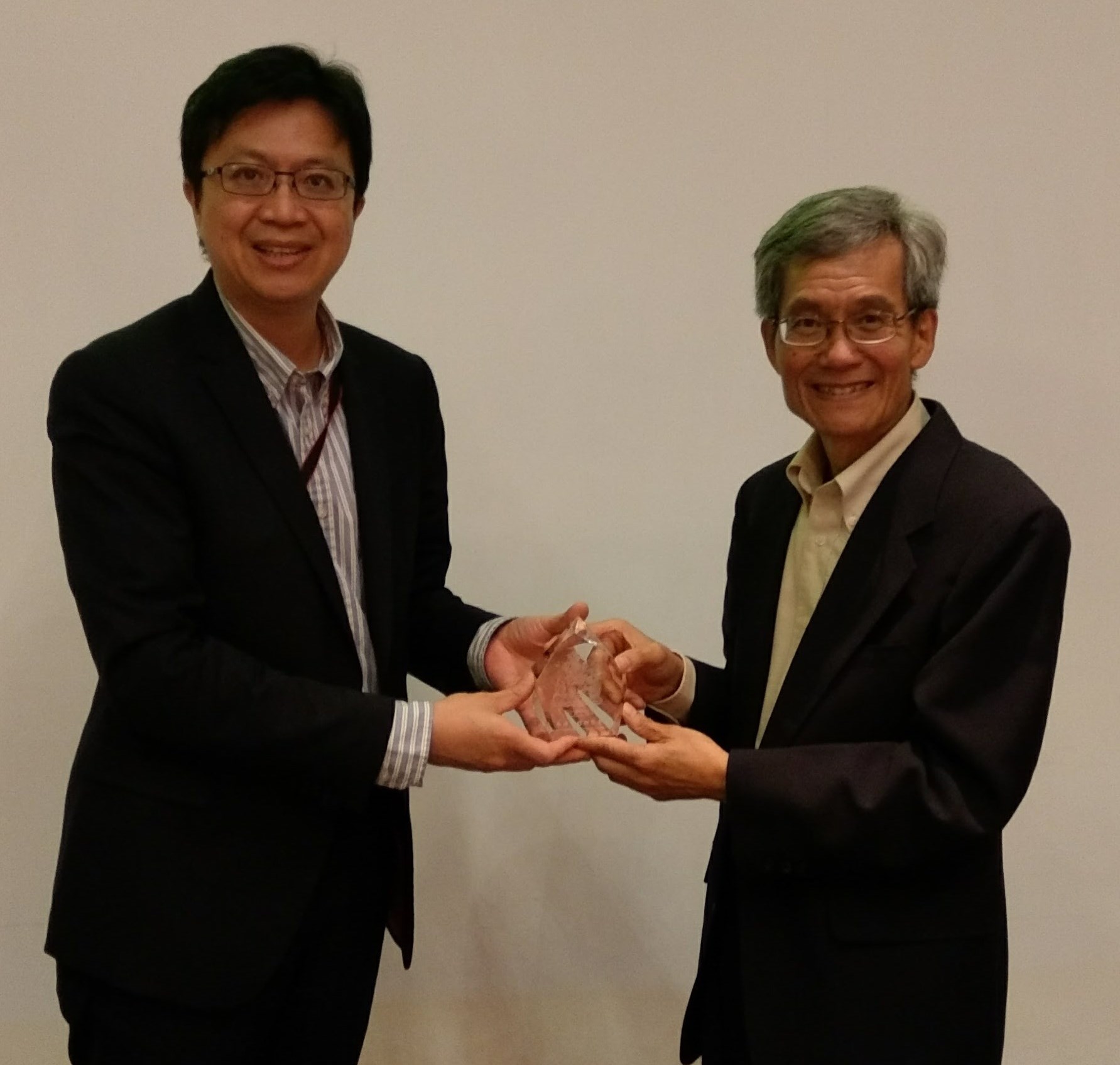Seminar on Getting to
know the Neutrinos
Date,
Time & Venue
16 April 2018 (Monday); 6:30pm; Auditorium L2/F., MTR Headquarters
Building, Telford Plaza, 33 Wai Yip Street, Kowloon Bay, Kowloon.
Programme
Highlights
Neutrinos are elementary particles that are abundant in the universe yet
notoriously difficult to detect. We
thought the neutrinos were massless for decades. However, the tide began to
turn when we studied neutrinos originating from the Sun and the atmosphere in
the eighties and nineties. We have observed that a neutrino moving in space can
morph its identity, a fascinating phenomenon called neutrino oscillation.
Furthermore, the existence of neutrino oscillation implies the neutrinos do
possess mass after all. This exciting discovery has opened the floodgate for a
new series of neutrino experiments. The holy grail is to explore the
potentially different oscillating behaviour between the neutrinos and
antineutrinos which, in turn, may explain why our Universe is dominated with
matter rather than anti-matter. In this talk, a brief history of the neutrino,
the discoveries of neutrino oscillation, and some of the remaining open
questions of neutrino physics will be presented.
Speaker
Kam-Biu LUK, who is a Professor in Physics at
the University of California, Berkeley, a Visiting Professor at the University
of Hong Kong, and a Senior Visiting Fellow at the Hong Kong University of
Science and Technology, with an interest in particle physics and cosmology.
Registration
and Enquiry
The seminar is free of charge and prior
registration is required. The number of
participants will be limited to 50 and applicants will be allocated on a
first-come-first-serve basis though with priority the members of Nuclear
Division. For registration, please complete and return the Standard Reply Form
to Ms Anthea FUNG via Email: nuclear@ne.hkie.org.hk by 7 April 2018. Successful
applicants will be notified by email. For enquiries, please contact Ir Richard
FUNG at telephone 26788340.
Disclaimer
All information and
views expressed by speakers and in their conference materials do not reflect
the official opinion and position of HKIE. No responsibility is accepted by the
HKIE or their publisher for such information and views including their
accuracy, correctness and veracity.
Report
Technical Seminar on “Getting to
know the Neutrinos”
Prepared
by Ms Anthea FUNG
A
technical seminar organized by the Nuclear Division on “Getting to know the
Neutrinos” was held on 16 April 2018. The seminar was presented to over 30
participants by Professor Kam-Biu LUK, specialising in particle physics and
cosmology at the University of California, Berkeley.
Professor
LUK opened the talk by introducing the properties of the neutrinos to the
audience. Neutrinos consist of three forms of elementary particles (with their
corresponding anti-particles) that are abundant in the Universe yet notoriously
difficult to detect as they have no electric charge and possess such a very
small mass that we thought the neutrinos were massless for decades.
Nevertheless, their significance should not be dismissed since they are
considered to be nearly as abundant as the stars in our universe. Most of the
neutrinos in the vicinity of our planet are produced from the nuclear reactions
of the sun, though they can be artificially created with nuclear reactors and
particle accelerators for academic purposes.
During
the study in the last 10 years, it is also inferred that neutrinos may
transform from one form to another, in a process known as “neutrino
oscillation”. Based on the theory developed on the transformation, it is
possible to design an experiment to confirm how soon the neutrinos may
transform after leaving their source.
The
six nuclear reactors at Daya Bay Nuclear Power base present an ideal source for
conducting the experiment on neutrinos. Their combined capacity is among the
largest in the world and the nearby hills provide a natural shelter from the
interference of solar neutrinos for a laboratory built underground. The
experiment has been an international project with input from Hong Kong and it yield
results since 2012 that well demonstrate the oscillation. A follow-up
experiment is planned in Jiangmen.
On
behalf of the Nuclear Division, we wish to express our sincere gratitude to
Professor Kam-Biu LUK for providing this illuminating seminar on neutrinos to
our members.

Photo
Caption:
Professor
Kam Biu LUK (right) receiving a souvenir from Ir Ryan LAM (left), Deputy
Chairman of the Nuclear Division